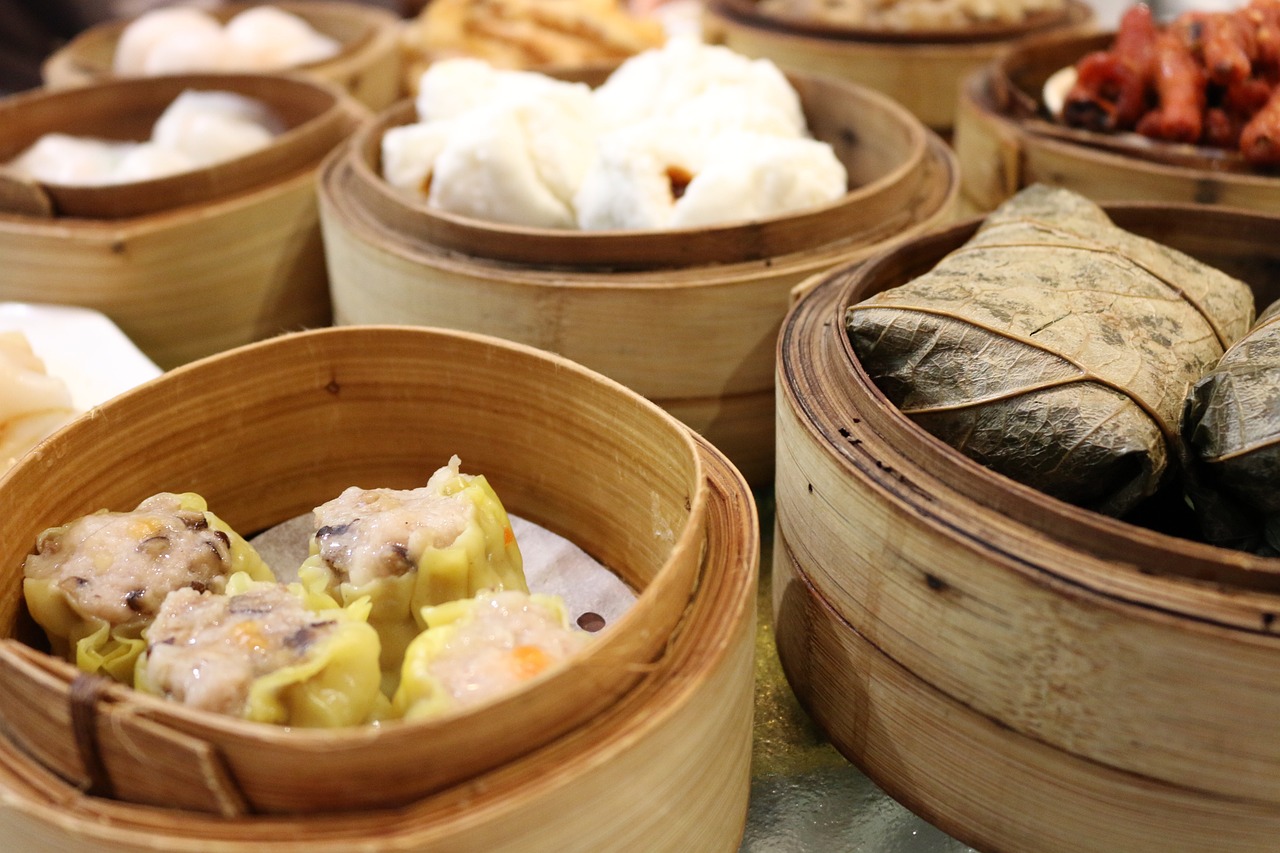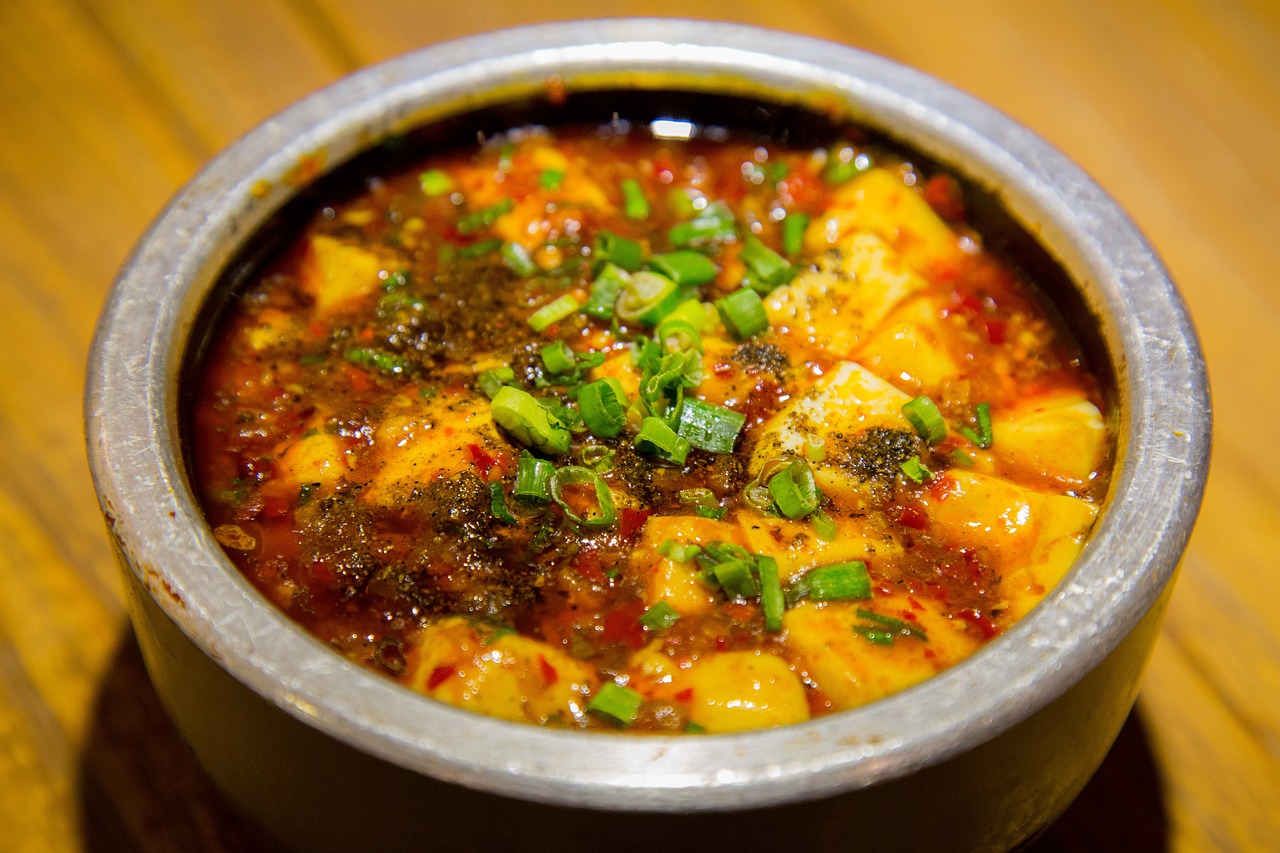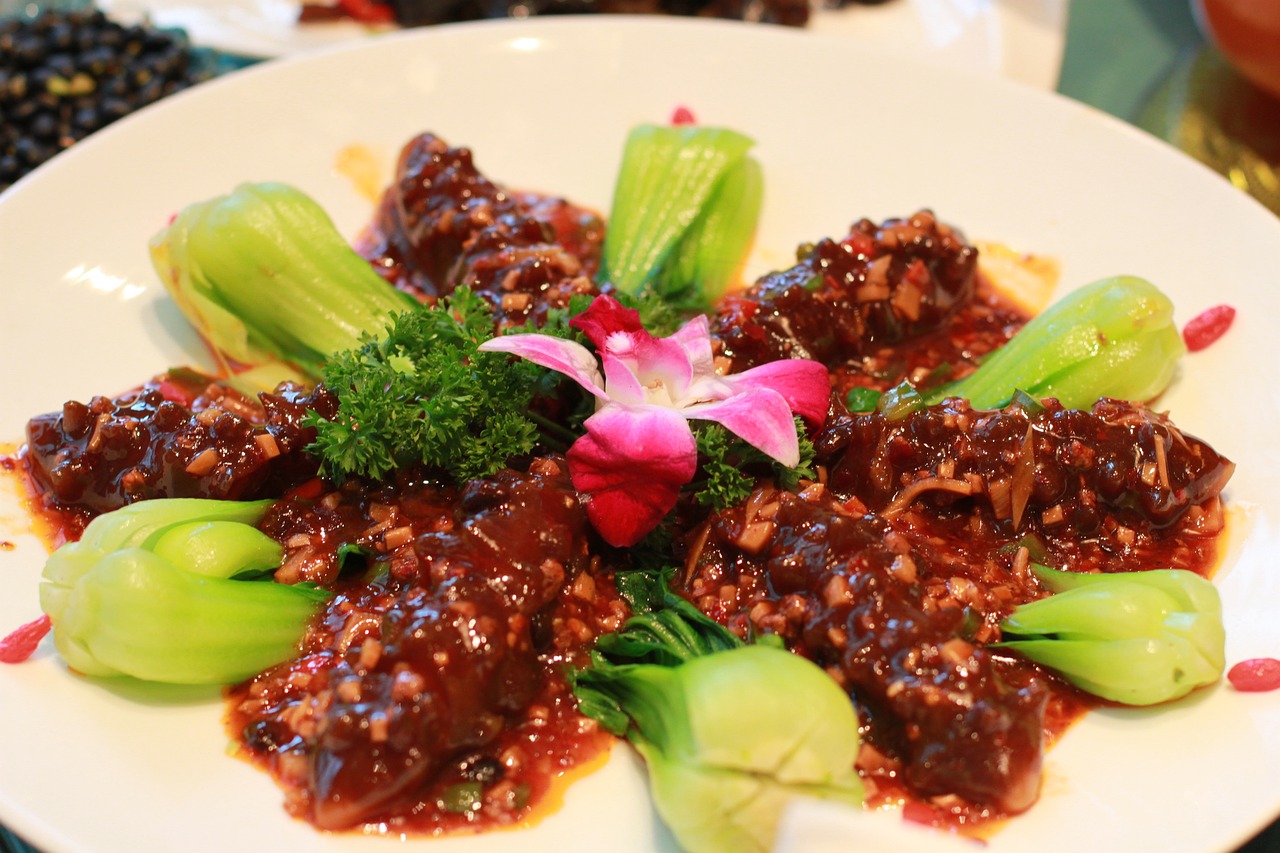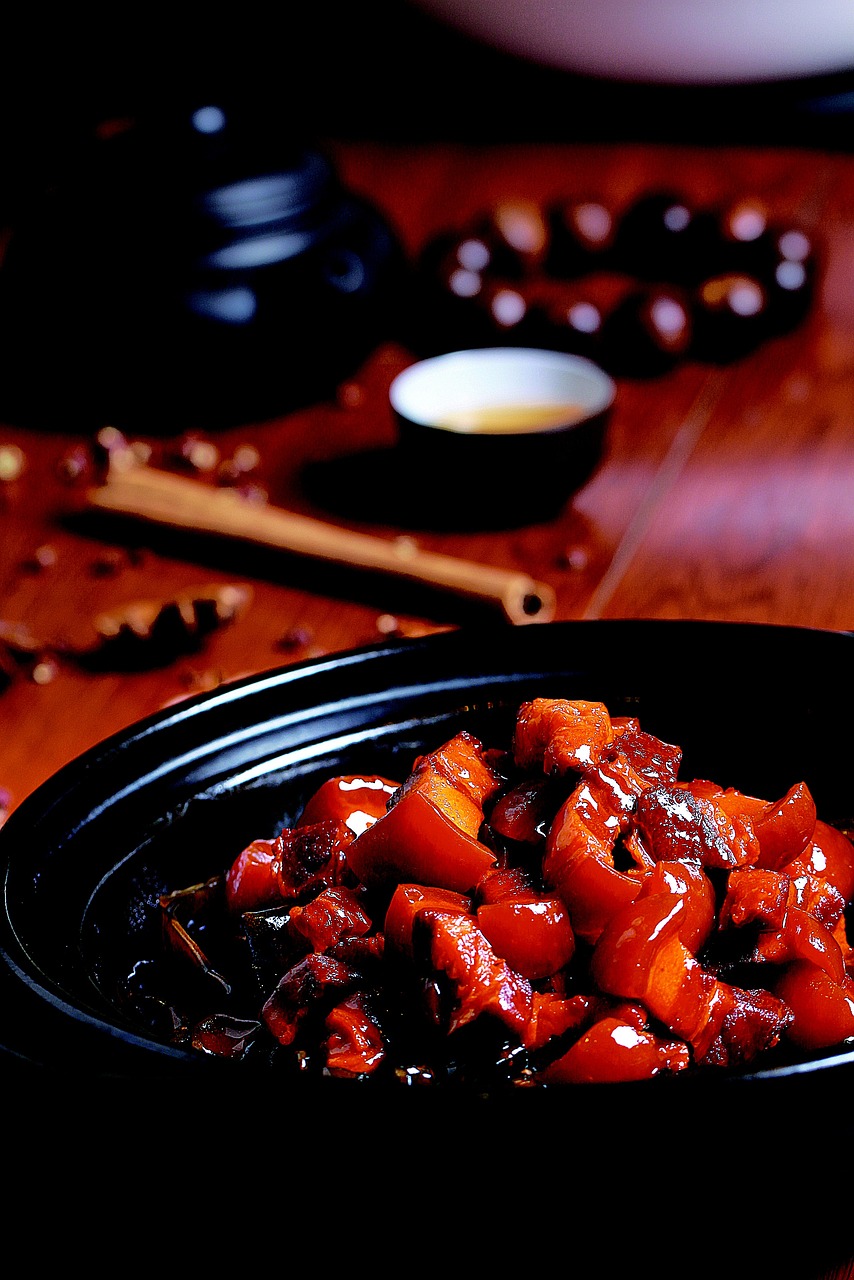A Culinary Journey Through China's 8 Major Cuisines 🥢🇨🇳
Embark on a flavorful journey through China’s diverse culinary landscape, exploring the unique characteristics, famous dishes, and top restaurants of the country’s eight major regional cuisines.
The Magnificent Eight: China’s Culinary Cornerstones 🍜🇨🇳
Welcome, food enthusiasts and cultural explorers! Prepare your taste buds for an extraordinary journey through China’s rich and diverse culinary landscape. China’s vast territory and long history have given rise to eight distinct regional cuisines, each with its own unique flavors, ingredients, and cooking techniques. Join us as we explore these gastronomic traditions, known collectively as the “Eight Great Traditions” or “八大菜系” (bā dà cài xì) in Chinese.
A Taste of History 📜
The concept of the Eight Great Traditions was established in the 1980s to showcase the diversity of Chinese cuisine. Each tradition represents the culinary style of a specific region, shaped by local climate, geography, history, and cultural practices. These cuisines have evolved over thousands of years, influenced by imperial preferences, trade, and local innovations.
💡 Culinary Trivia: The division of Chinese cuisine into eight major traditions is a modern concept. Historically, Chinese gastronomes recognized four major cuisines, later expanded to eight to better represent the country’s culinary diversity.
The Eight Great Culinary Traditions 🗺️
1. Cantonese Cuisine 粤菜
Known for its light, fresh flavors and emphasis on the natural taste of ingredients.
Famous Dishes:
Dim Sum

Dim Sum. White Cut Chicken
Roasted Goose
Where to Go: Guangzhou, Hong Kong
2. Sichuan Cuisine 川菜
Renowned for its bold flavors, particularly the numbing-spicy “mala” taste.
Famous Dishes:
Mapo Tofu

Mapo Tofu. Kung Pao Chicken
Twice-Cooked Pork
Where to Go: Chengdu, Chongqing
3. Shandong Cuisine 鲁菜
Emphasizes fresh ingredients and seafood, with a focus on clear soups and broths.
Famous Dishes:
Braised Sea Cucumber

Braised Sea Cucumber. Sweet and Sour Carp
Braised Intestines in Brown Sauce
Where to Go: Jinan, Qingdao
4. Jiangsu Cuisine 苏菜
Known for its elegant presentation and use of seasonal ingredients.
Famous Dishes:
- Yangzhou Fried Rice
- Lion’s Head Meatballs
- Squirrel-Shaped Mandarin Fish
Where to Go: Nanjing, Suzhou
5. Zhejiang Cuisine 浙菜
Emphasizes light, fresh flavors and mellow fragrance.
Famous Dishes:
- West Lake Vinegar Fish
- Dongpo Pork
- Longjing Shrimp
Where to Go: Hangzhou
6. Fujian Cuisine 闽菜
Known for its use of unique ingredients from both land and sea, with an emphasis on soups.
Famous Dishes:
- Buddha Jumps Over the Wall (Fo Tiao Qiang)
- Oyster Omelet
Where to Go: Fuzhou, Xiamen
7. Hunan Cuisine 湘菜
Famous for its spicy flavors, liberal use of chili peppers, and smoked and cured foods.
Famous Dishes:
Dong’an Chicken
Mao’s Braised Pork

Mao's Braised Pork. Steamed Fish Head with Diced Hot Red Peppers
Where to Go: Changsha
8. Anhui Cuisine 徽菜
Known for its use of wild herbs and simple cooking methods.
Famous Dishes:
- Stewed Soft-Shell Turtle with Ham
- Braised Mandarin Fish in Sweet and Sour Sauce
- Bamboo Shoots Cooked with Sausage and Dried Mushroom
Where to Go: Hefei
Culinary Adventure Guide 🍽️
Embrace Regional Variations: Even within each cuisine, there can be significant local variations. Be open to trying different interpretations of familiar dishes.
Respect Tea Culture: Many regions have their own tea traditions. Pairing the right tea with your meal can enhance the overall experience.
Learn Basic Etiquette: Familiarize yourself with Chinese dining etiquette, such as using chopsticks correctly and the proper way to serve and receive tea.
Try Family-Style Dining: Chinese meals are typically served family-style, with multiple dishes shared among diners. This allows you to sample a wider variety of flavors.
Explore Street Food: While restaurants offer refined versions of traditional dishes, street food often provides a more authentic taste of local flavors.
📝 Final Tips for Culinary Explorers
Learn Key Phrases 🗣️: “Hǎo chī” (好吃) means “delicious,” while “Fúwùyuán” (服务员) means “waiter/waitress.”
Seasonality Matters 🍂: Many Chinese dishes are closely tied to seasonal ingredients. Research what’s in season during your visit.
Dietary Restrictions 🥬: If you have dietary restrictions, learn how to communicate them in Chinese. Vegetarianism is less common in some regions, so be specific about your needs.
Regional Specialties 🦞: Each region often has specific ingredients they’re famous for. Don’t miss out on trying these local specialties.
Embarking on a culinary tour of China’s Eight Great Traditions is not just about savoring delicious food; it’s about experiencing the rich tapestry of Chinese culture, history, and regional diversity through your taste buds. From the fiery flavors of Sichuan to the delicate tastes of Cantonese cuisine, each tradition offers a unique window into the soul of its region. So pack your appetite, bring an open mind, and prepare for a gastronomic adventure that will challenge your palate and enrich your understanding of Chinese culture!
Happy eating and gān bēi (cheers)! 🥢🍻